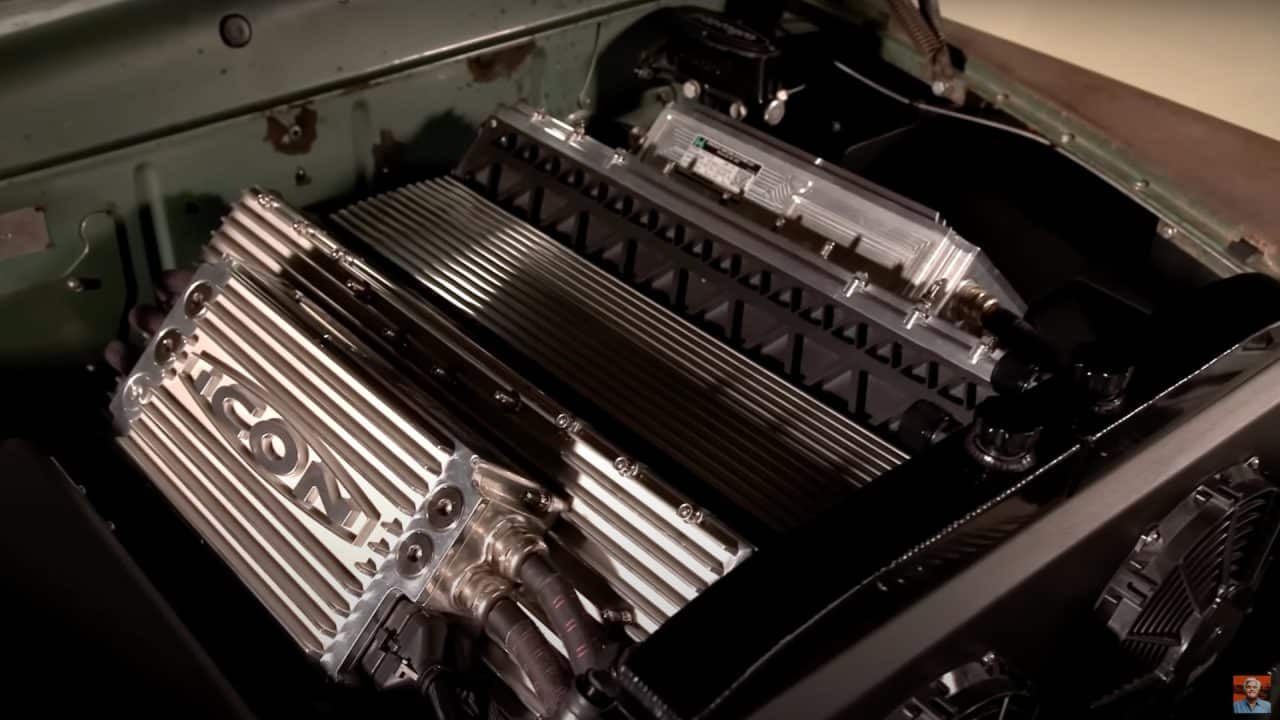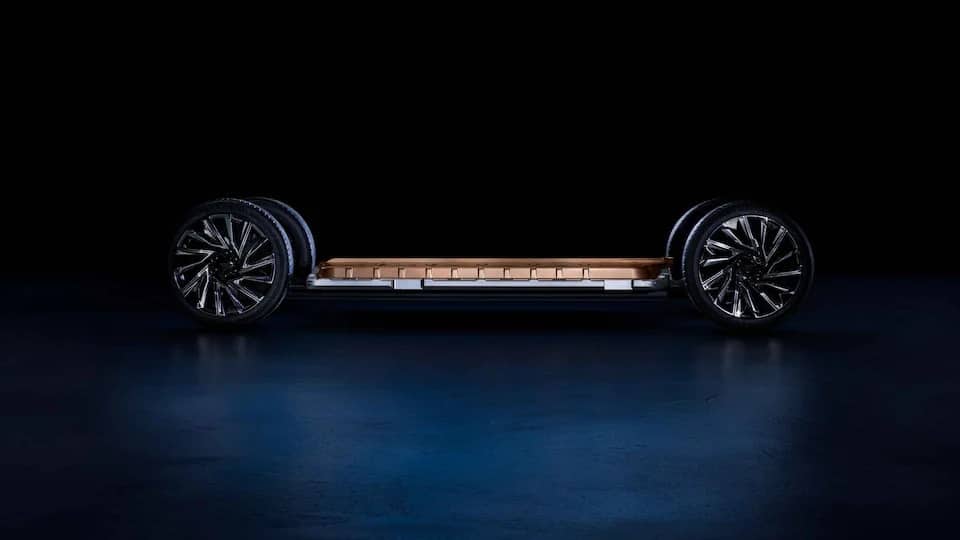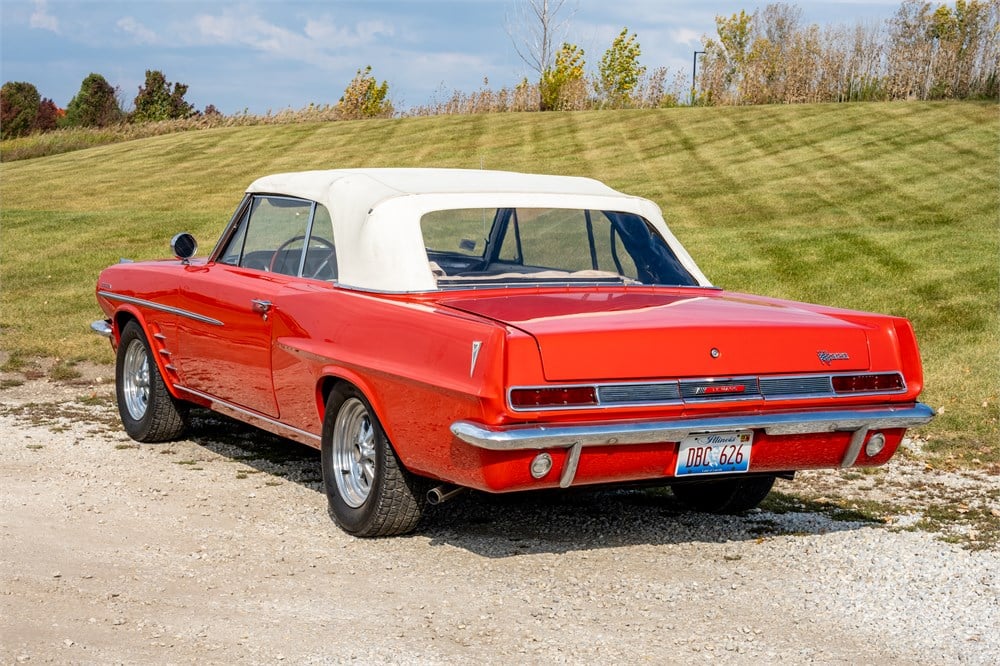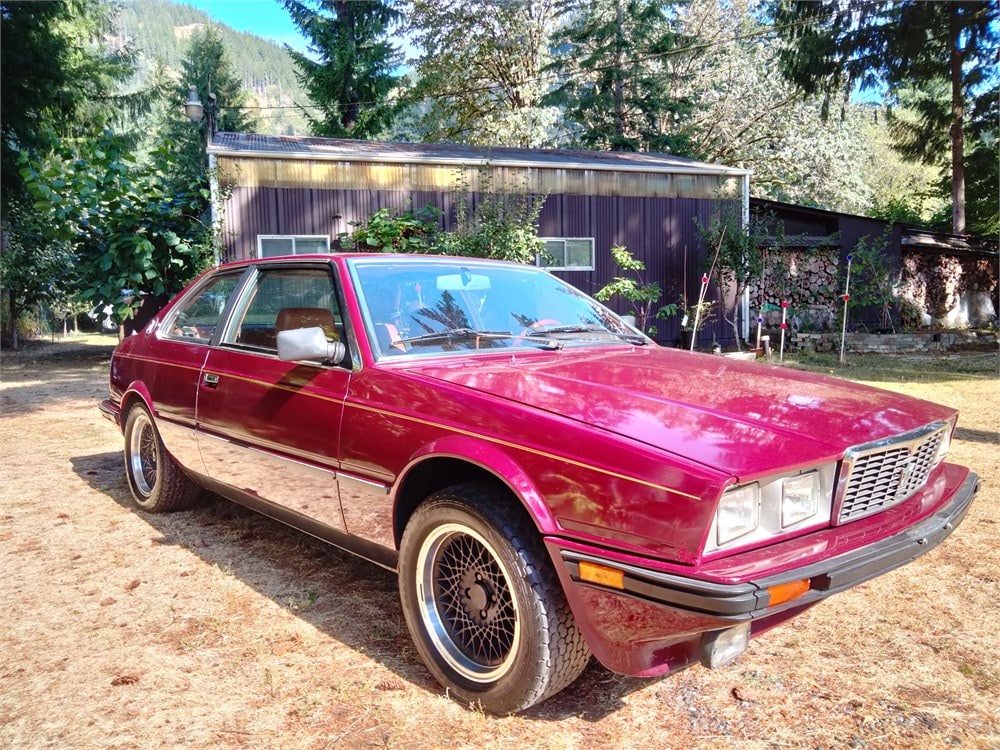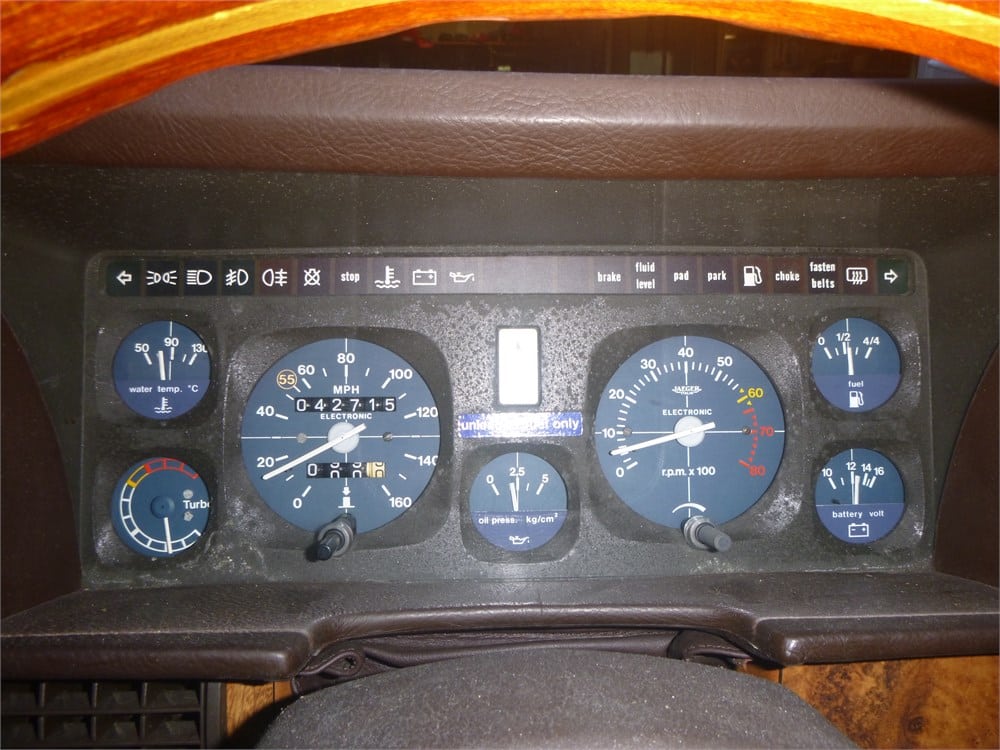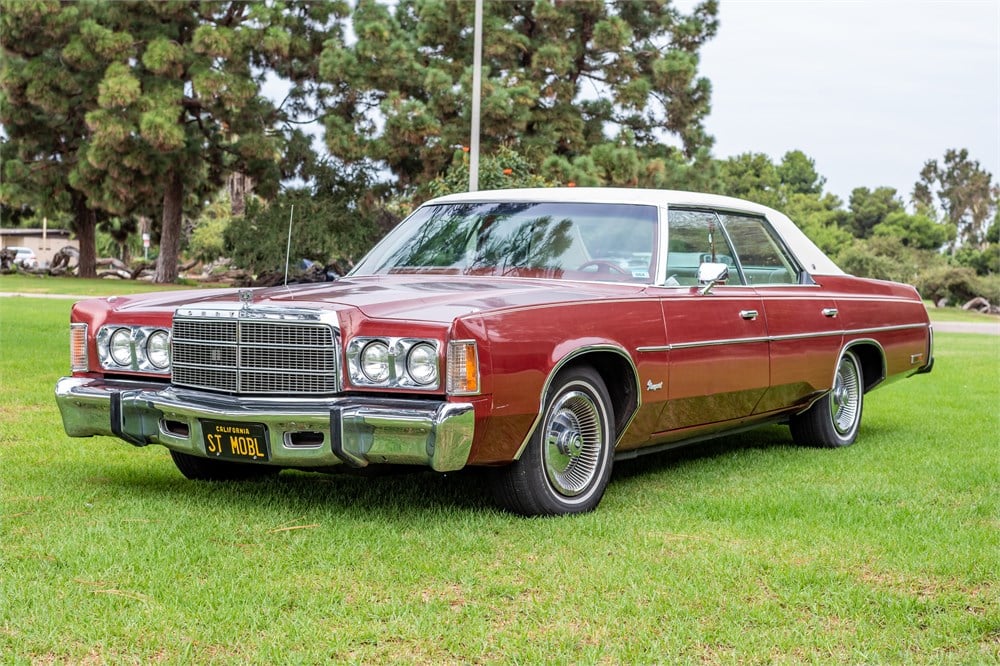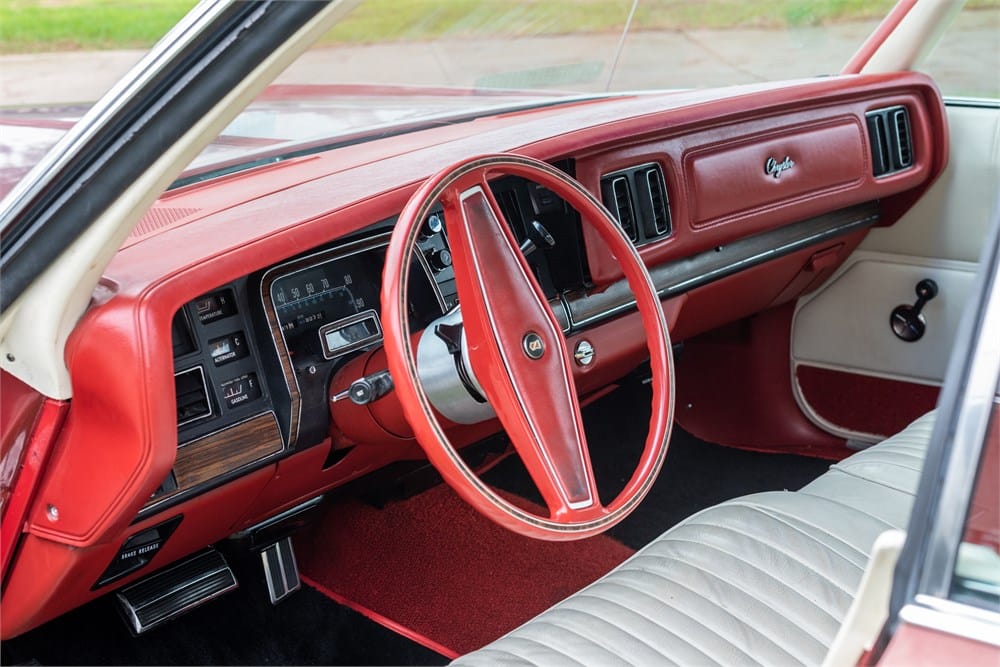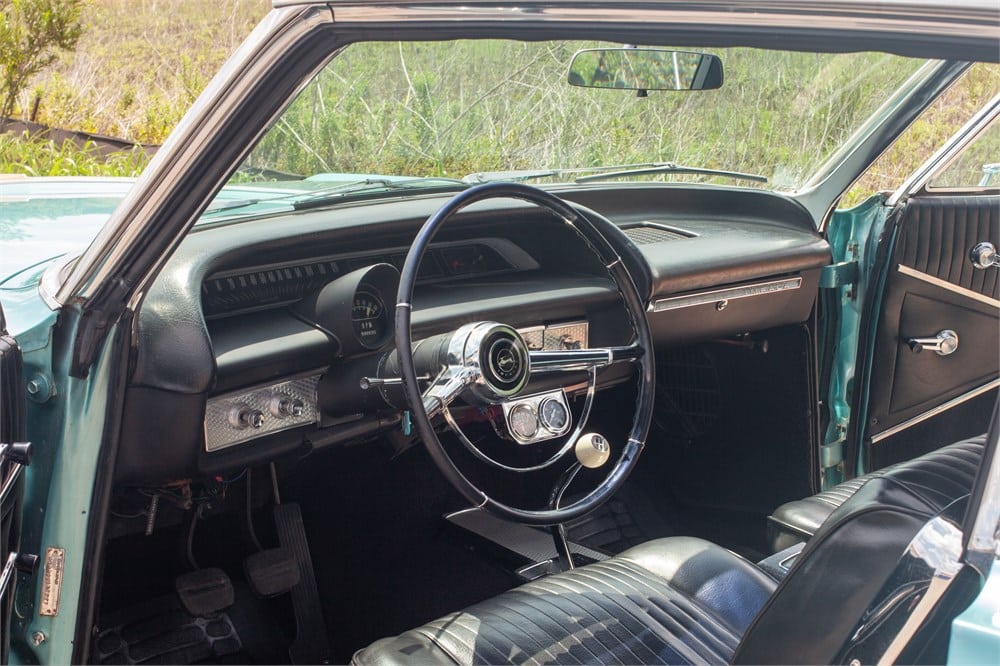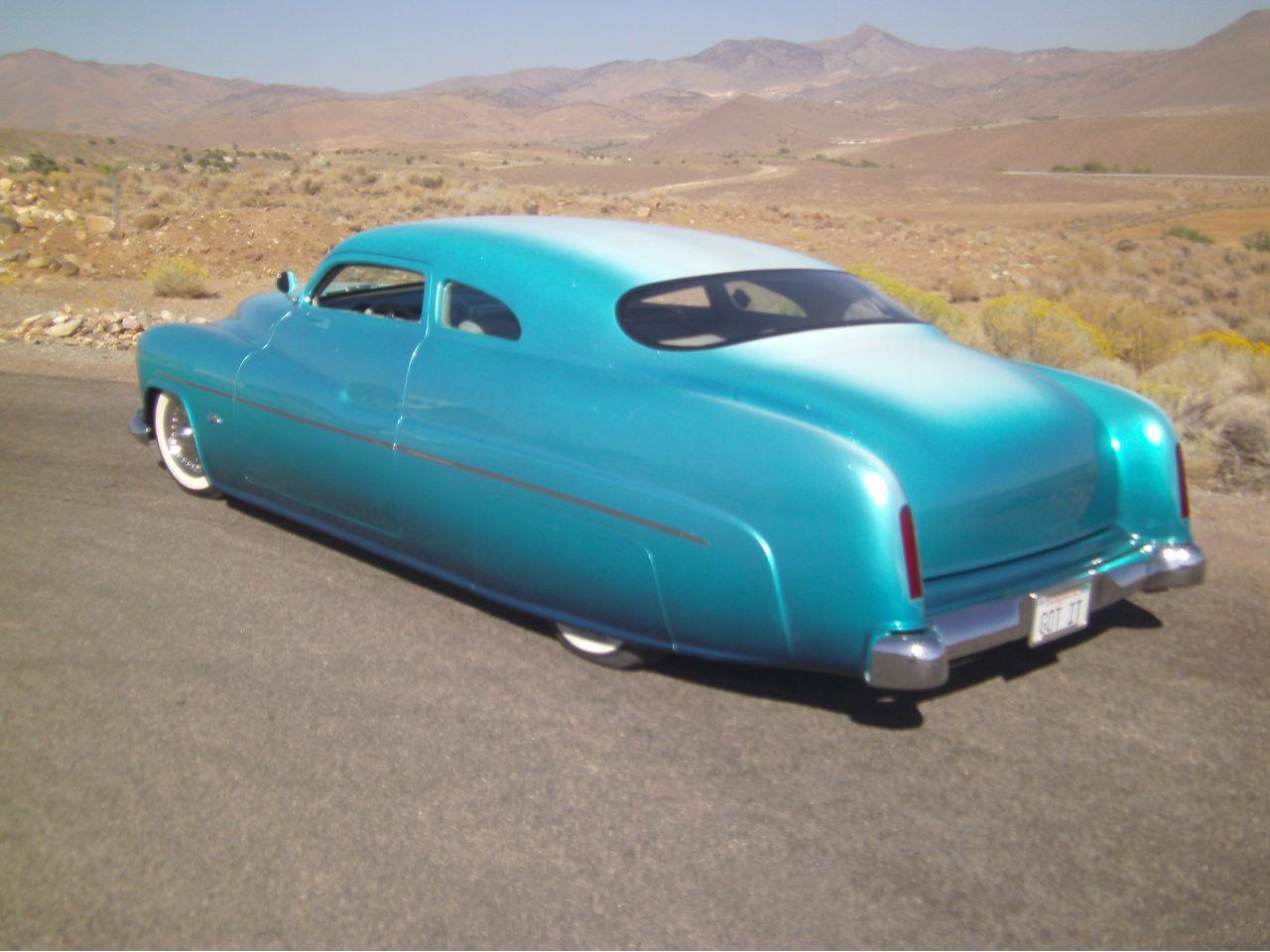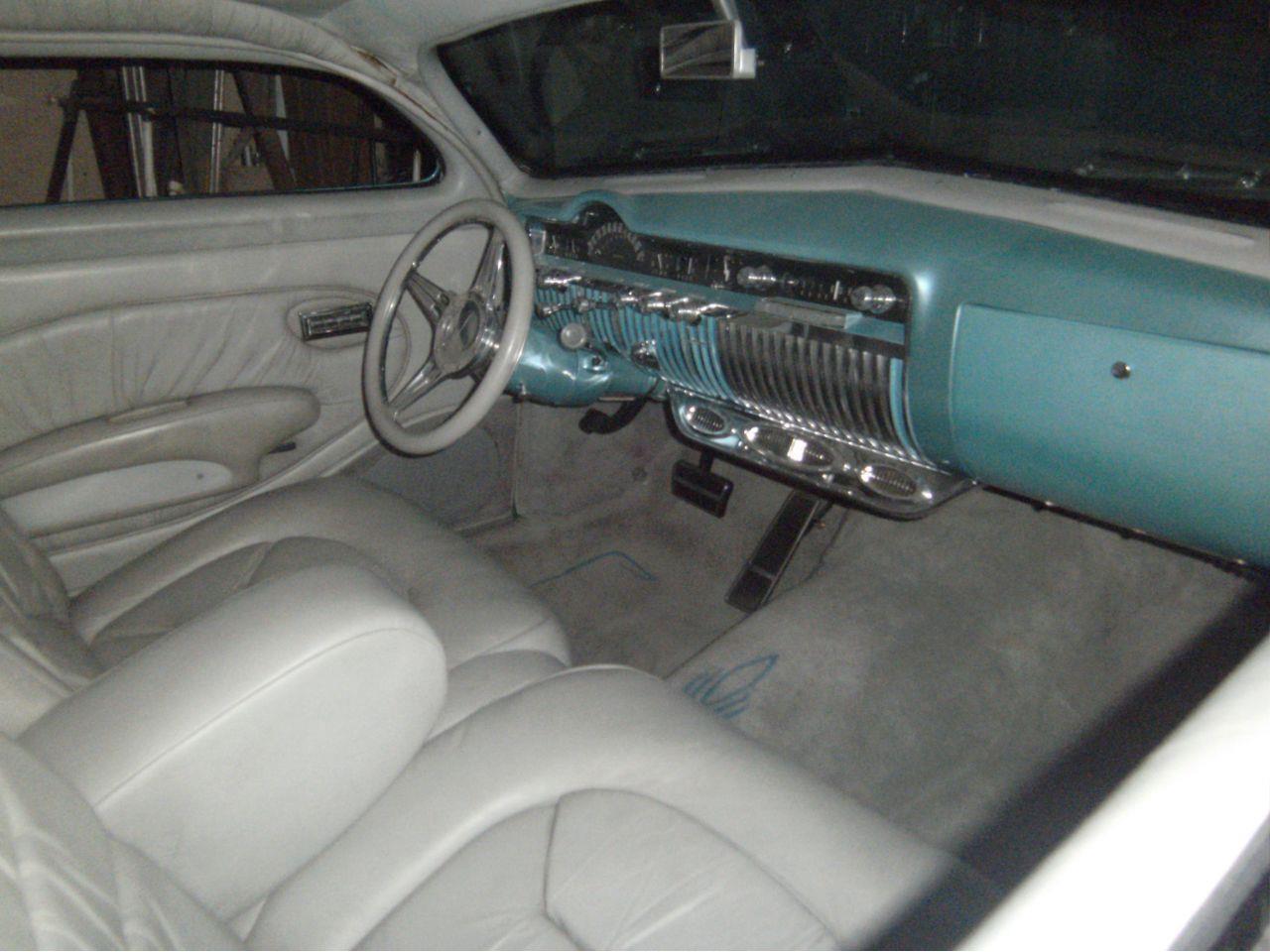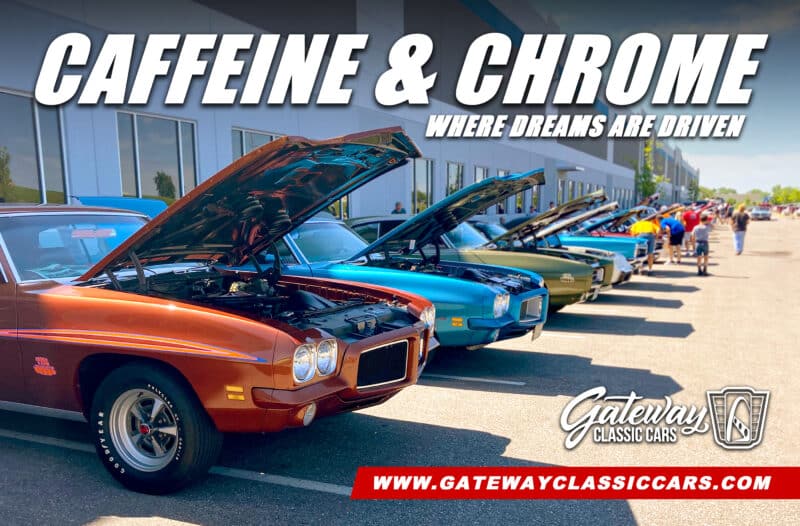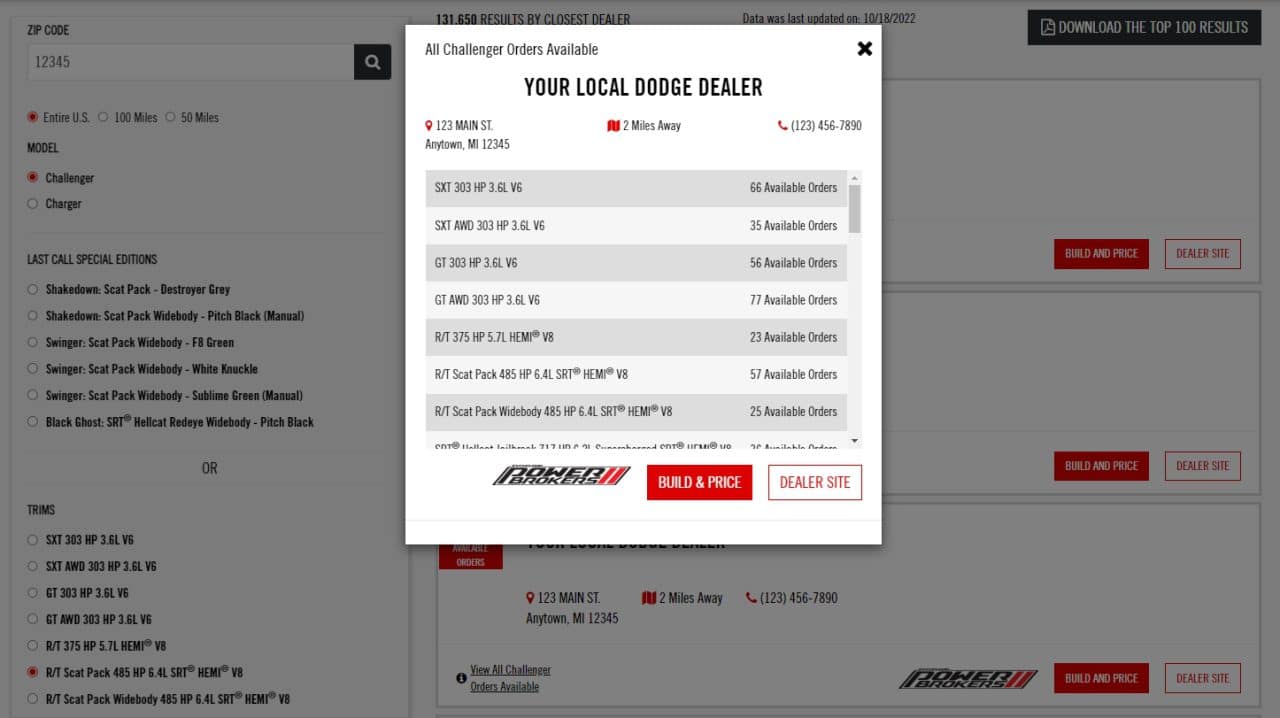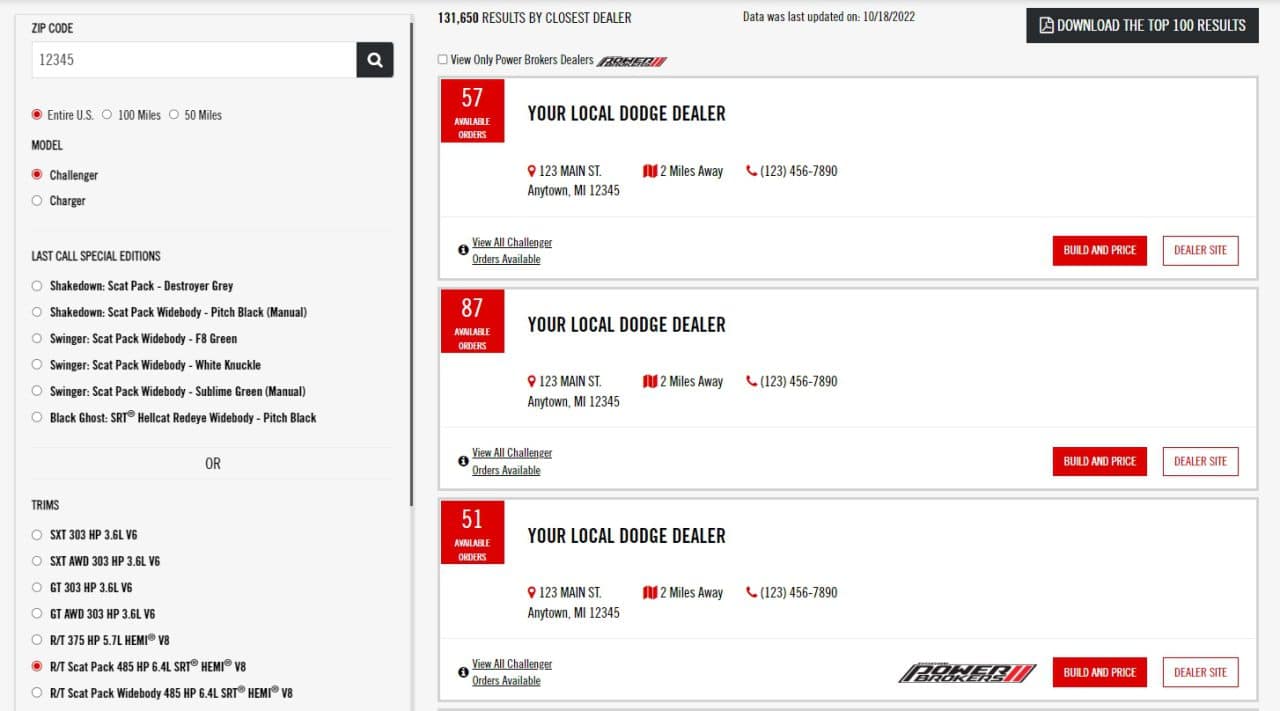When I was in 8th grade, my class went to a Chinese exhibit at a Philadelphia museum. I distinctly remember the guide stating 1,006,000,000 people inhabited China; today, that number is estimated to be 1,400,000,000. Marketers from around the world tend to salivate over the potential number of Chinese consumers but, these days, Jeep is experiencing dry mouth as it plans to exit its manufacturing presence in the Celestial Empire.
Peripherally, this sounds like a bonehead move considering the Chinese LOVE American cars — that’s why Buick received a lifeline in 2009, right? Stellantis CEO Carlos Tavares even said in 2020, “No global car company can afford not to be in the largest car market in the world.” However, like all good tales, there’s more to the story than meets the eye.

According to Tavares, the increased “political influence” in doing business with partners in China is to blame. As such, the joint venture between Stellantis (FCA), the owner of the Jeep brand, and Guangzhou Automobile Group (GAC) will file for bankruptcy. This actually was preceded by news in July that FCA decided to end its joint venture with GAC, which itself was preceded by an announcement that FCA would raise its stake from 50 to 75%.
So, what gives? We know the bureaucracy of Chinese politics is an easy whipping boy, but what have Jeep sales have been like in China? After all, a “lifestyle” brand must have mass (and mass) appeal in a country with so many inhabitants. Let us examine Jeep sales in China: In 2017, sales were 204,976, which fell to almost 124,780 the following year. Another 72,9790 were sold in 2019, which fell to 40,659 for 2020, and then 50% of that for 2021. So far, for 2022, sales have been under 2,000.
During most of those years, we’ve had a global pandemic, so the business of producing vehicles — if not producing vehicles in the epicenter of the pandemic — has been a challenge. However, according to Bill Russo, a former Chrysler executive and consultant for Shanghai-based consultancy Automobility Ltd, the venture between FCA and GAC has not kept abreast of the Chinese market. “It had every right to be successful in a market that embraced sport-utility vehicles. But you can’t be running a 1980s business model when the 21st century has arrived.”

Jeep first arrived in Beijing in 1984 when Jeep’s then-owner, American Motors Corporation, became the first American brand to invest in a joint venture in China. Chinese regulations generally insist on joint ventures for sharing technology with local automakers (usually advantageous to only one side of the relationship), though Tesla is the only global automaker to produce cars in China without a joint venture.
Insiders feel this is the first of several joint ventures that will unravel over the next few years. Chee-Kiang Lim, managing director China at Detroit-based consultancy Urban Science, says, “We have to expect more JVs to unwind in the coming years” because Chinese automakers are more “confident that they have closed the gaps with or even surpassed their foreign partners.”
FCA suggests its business model would now be import-based, which also hints that FCA brands Peugeot and Citroen may also follow. This also will mean higher retail prices for FCA vehicles sold in China.
Of course, FCA will continue to support existing and future Jeep customers in China.


